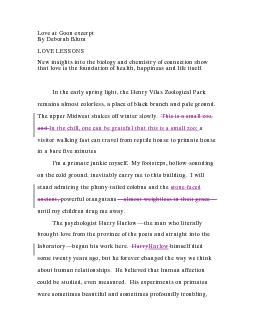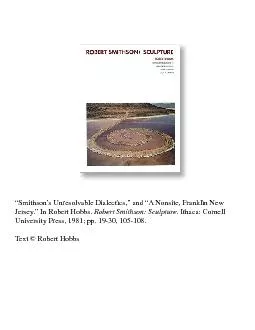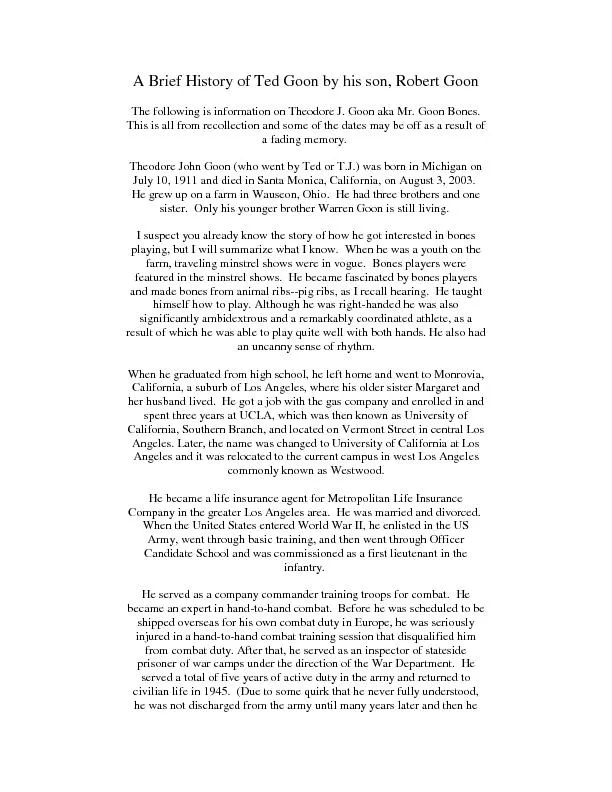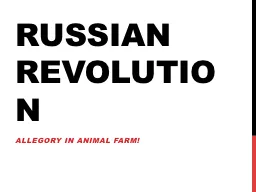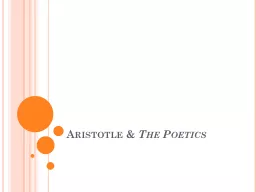PDF-Love at Goon excerpt
Author : pamella-moone | Published Date : 2015-07-30
By Deborah Blum LOVE LESSONS New insights into the biology and chemistry of connection show In the early spring light the Henry Vilas Zoological Park remains almos t
Presentation Embed Code
Download Presentation
Download Presentation The PPT/PDF document "Love at Goon excerpt" is the property of its rightful owner. Permission is granted to download and print the materials on this website for personal, non-commercial use only, and to display it on your personal computer provided you do not modify the materials and that you retain all copyright notices contained in the materials. By downloading content from our website, you accept the terms of this agreement.
Love at Goon excerpt: Transcript
Download Rules Of Document
"Love at Goon excerpt"The content belongs to its owner. You may download and print it for personal use, without modification, and keep all copyright notices. By downloading, you agree to these terms.
Related Documents

